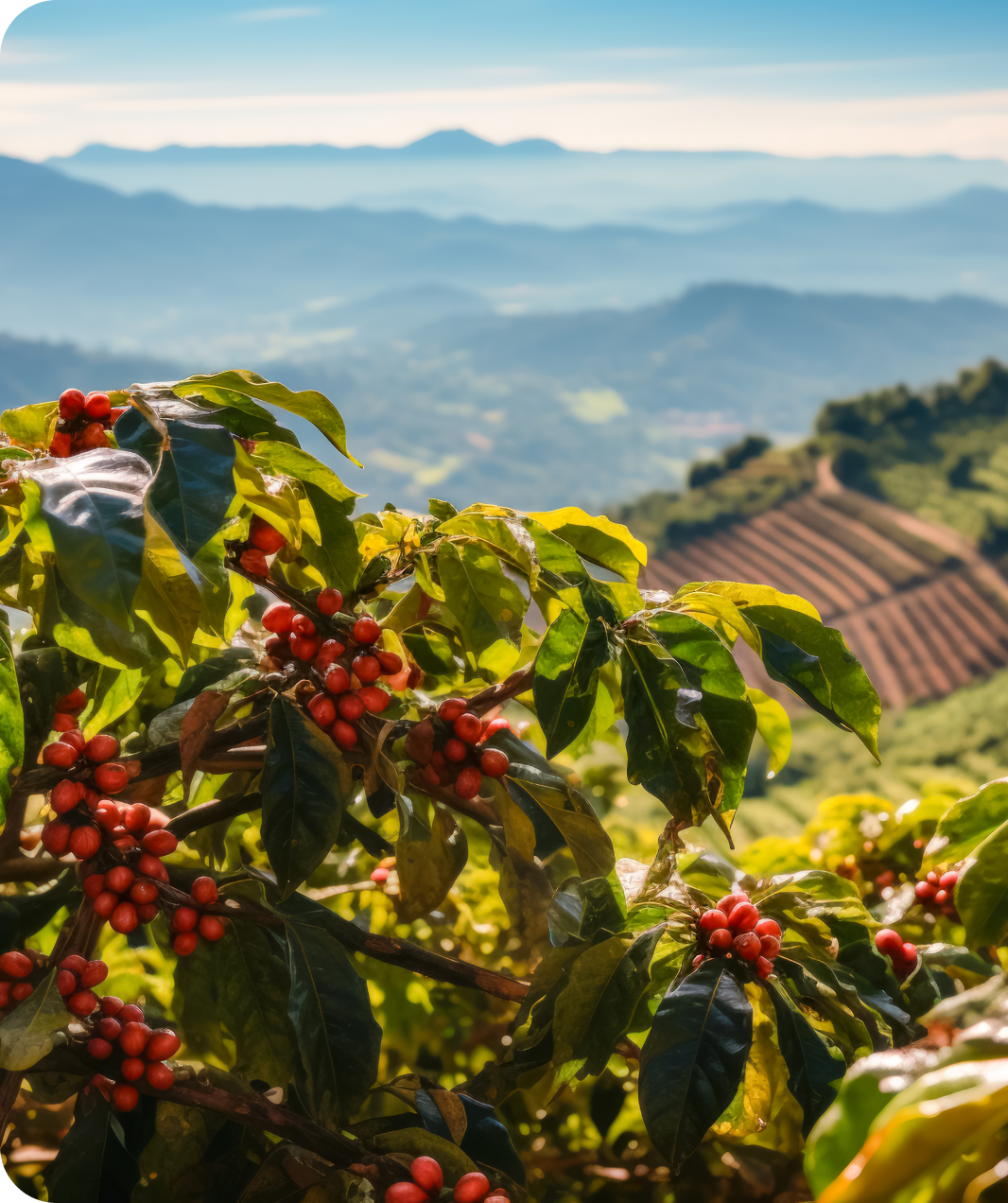Our Approach
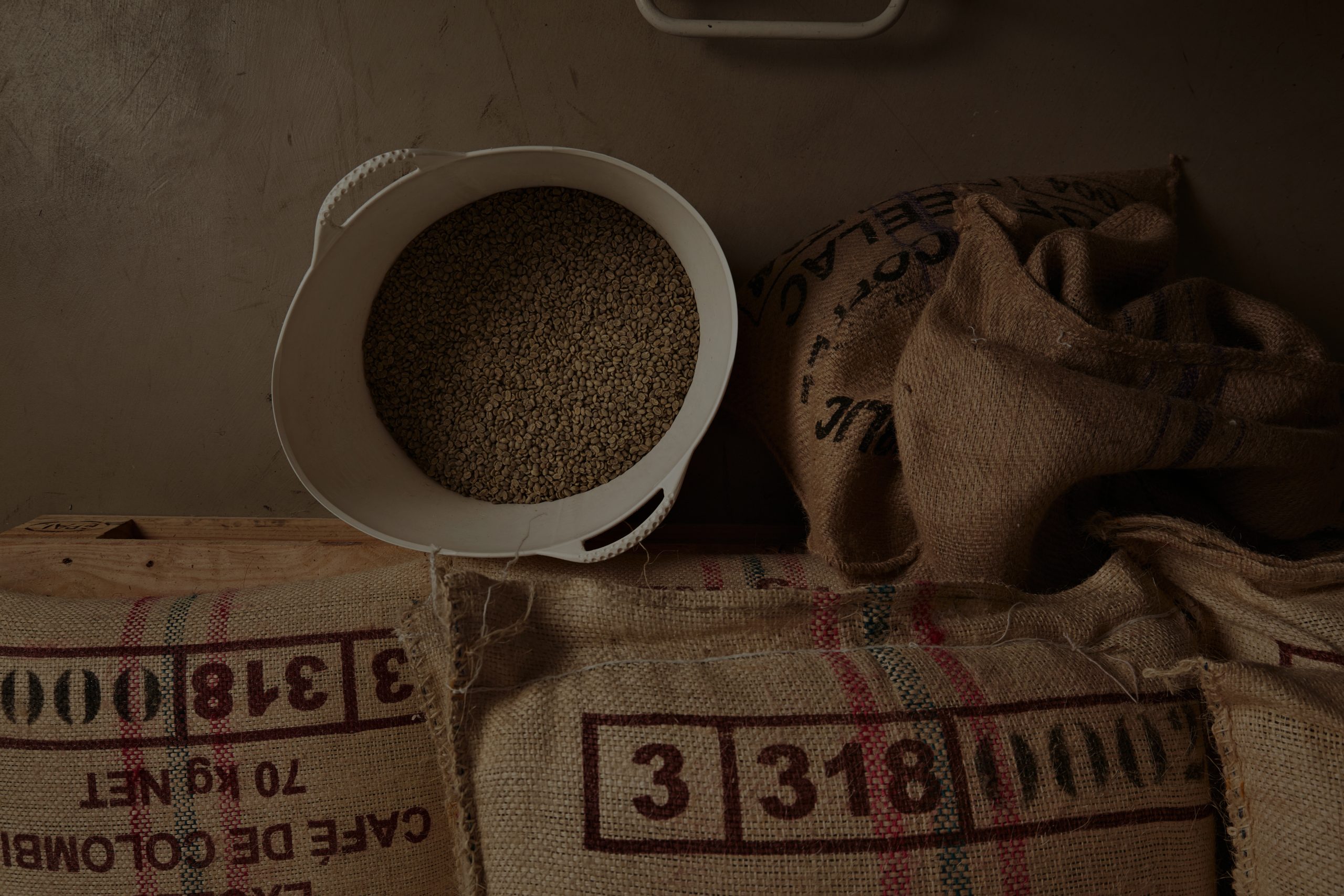

Coffee plants are typically grown from seedlings or cuttings in nurseries before being transplanted to the field. Coffee plants in PNG are often shade-grown under taller trees to protect them from direct sunlight.
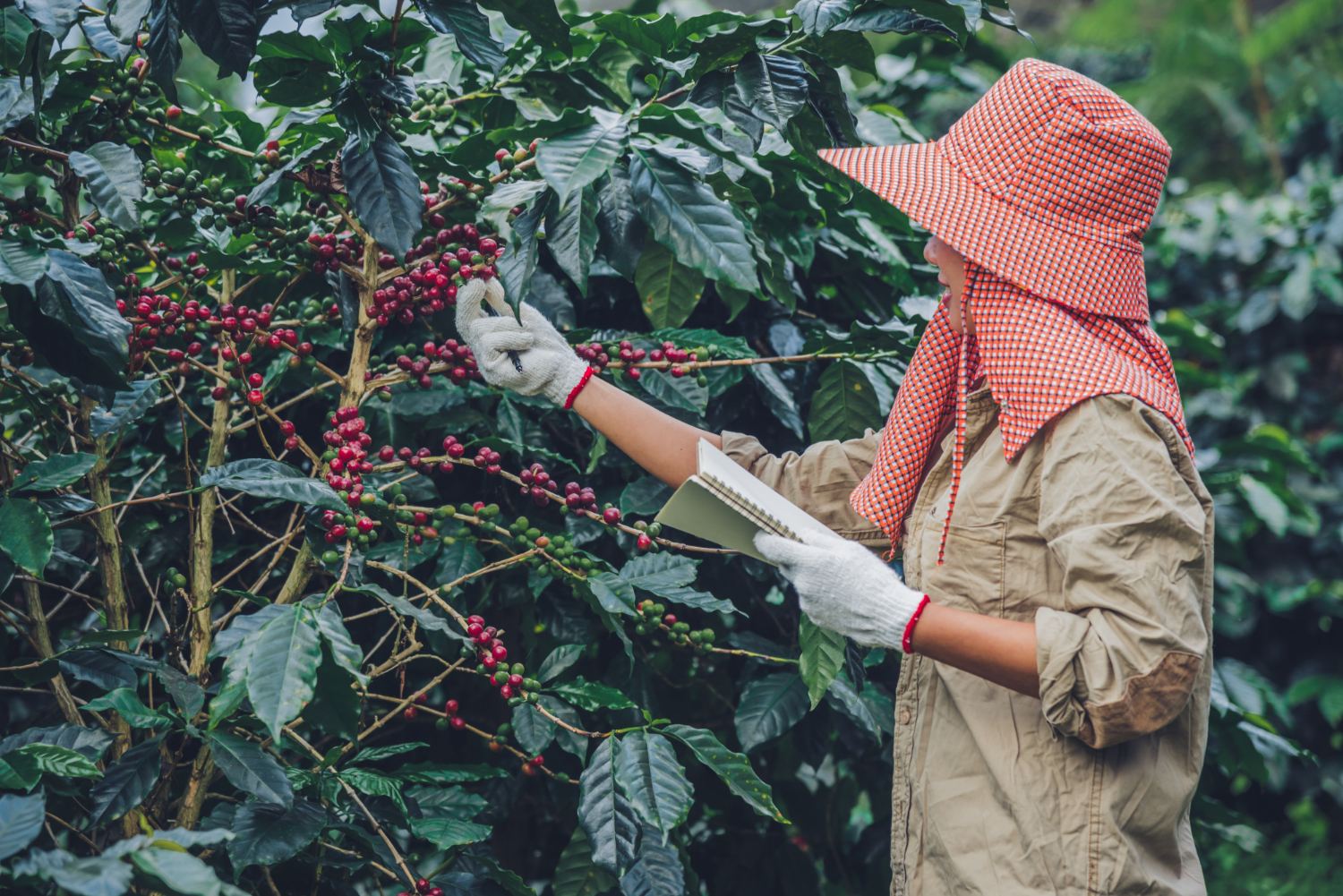
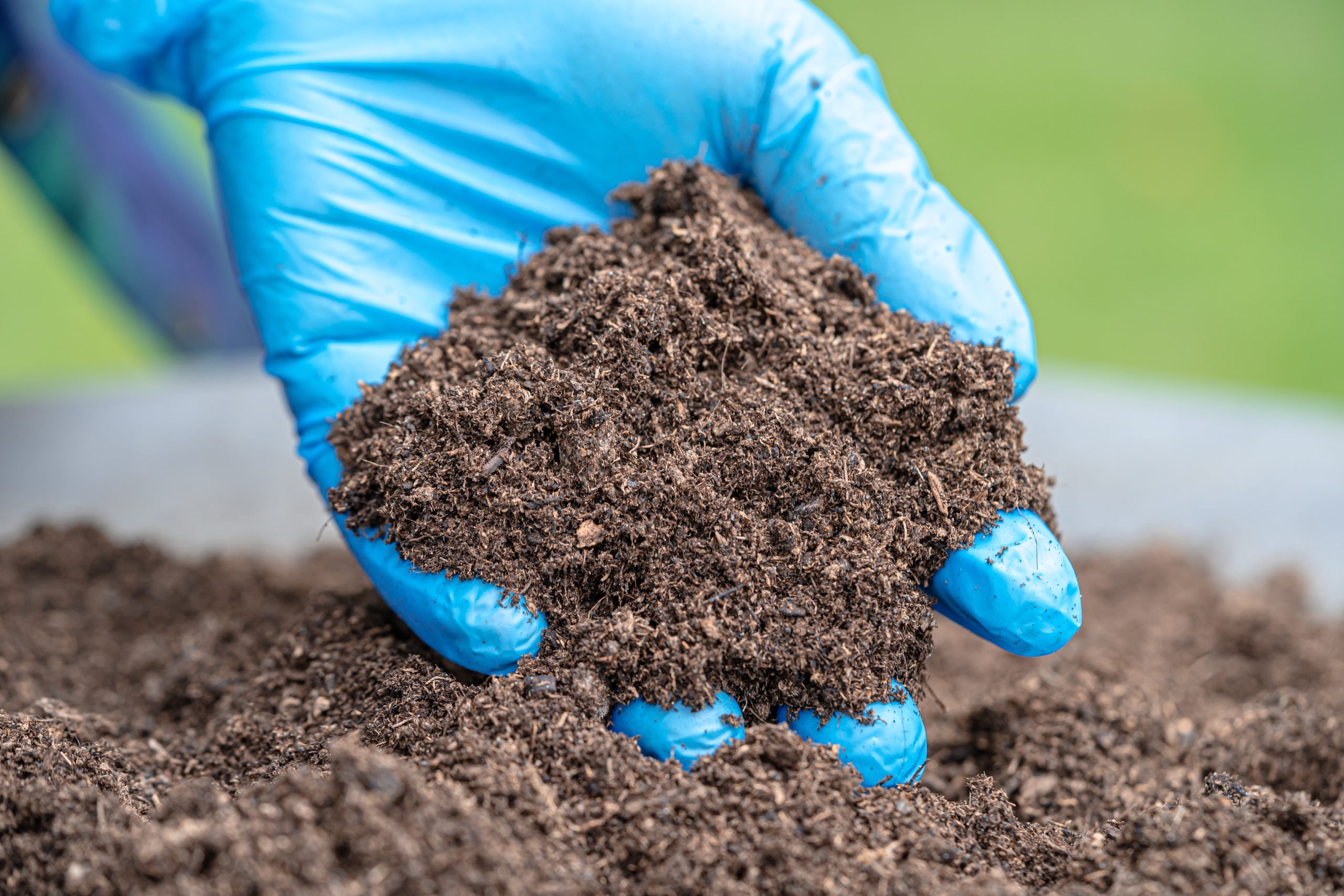
First, the soil sample is collected, weighed, and then placed in a container to preserve the moisture content. The sample is then taken to a laboratory where it is analyzed for pH, nitrogen, and phosphorus levels, among other things.
Rich in nutrients that contribute to their unique flavour profile and quality.
Some of the key nutrients found in green coffee beans include:
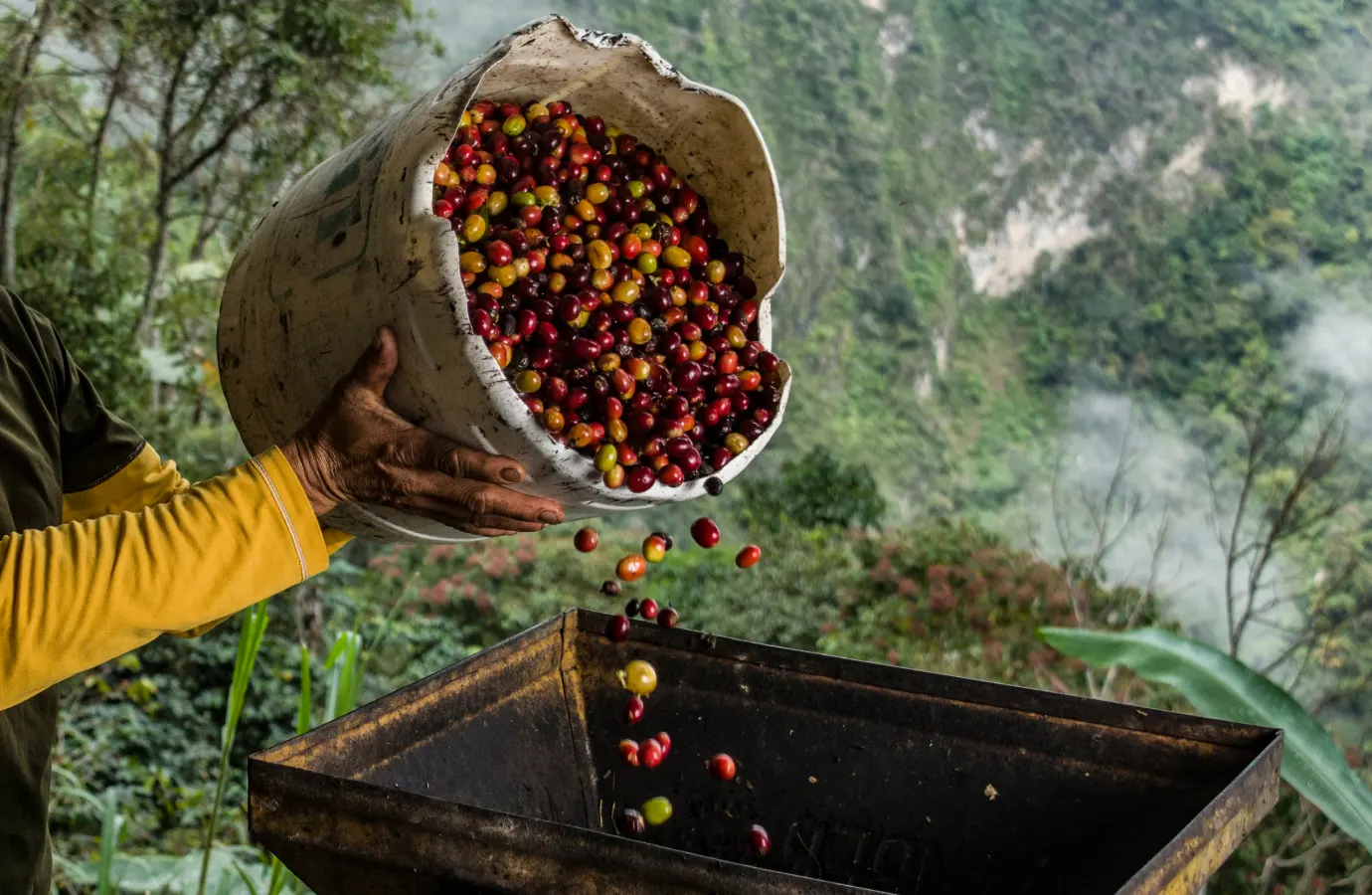
Overall, a balanced approach to watering that takes into account the specific needs of coffee plants in Papua New Guinea will help ensure healthy growth and optimal yields of high-quality green coffee beans.
